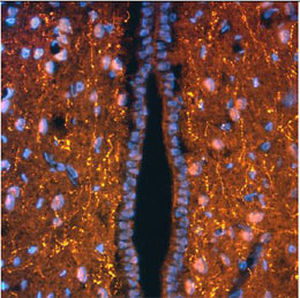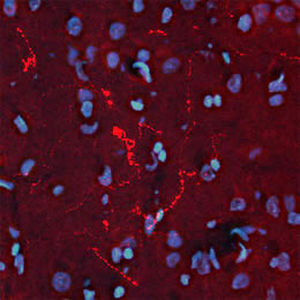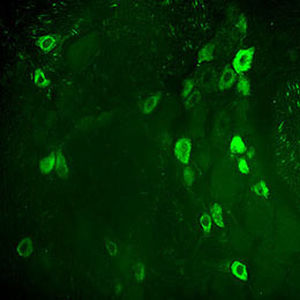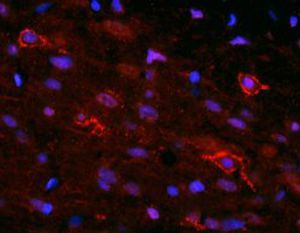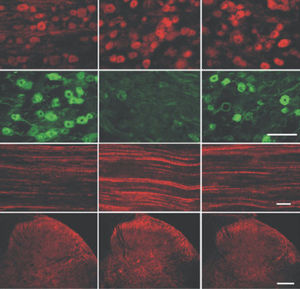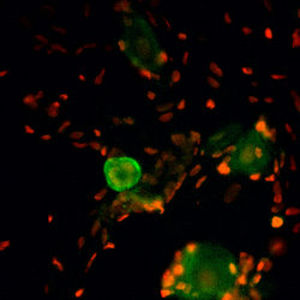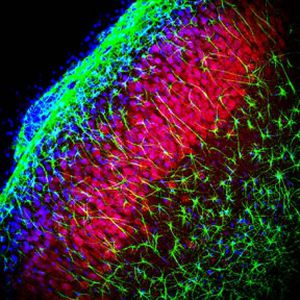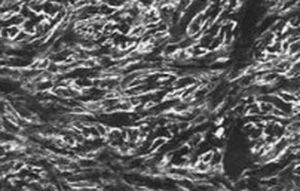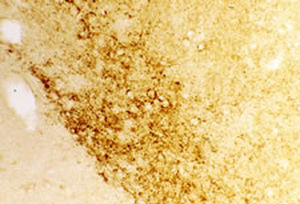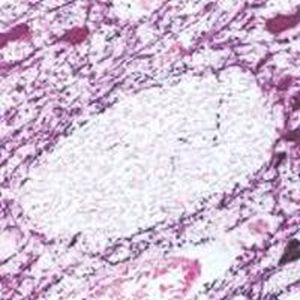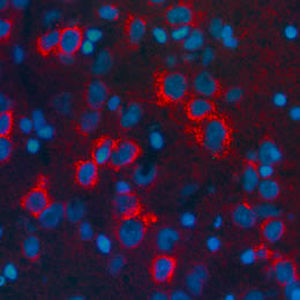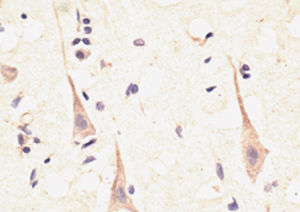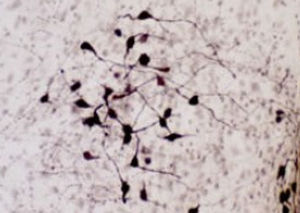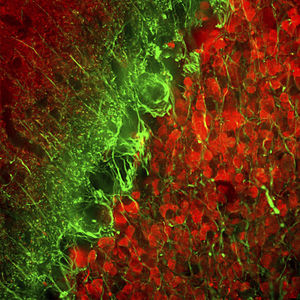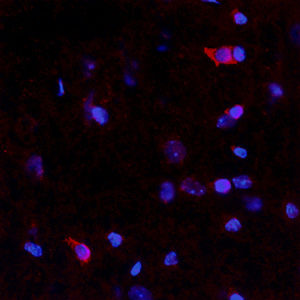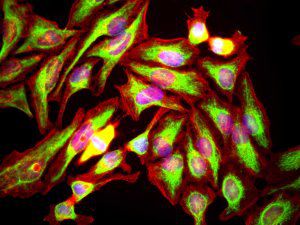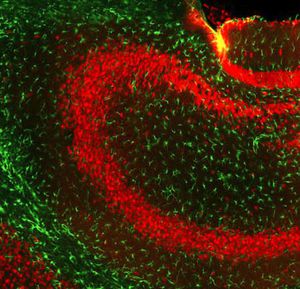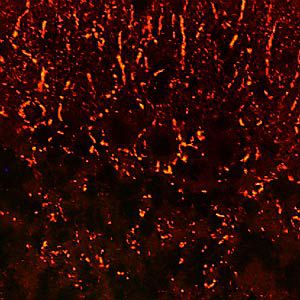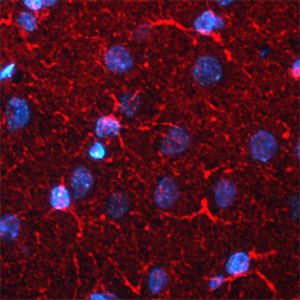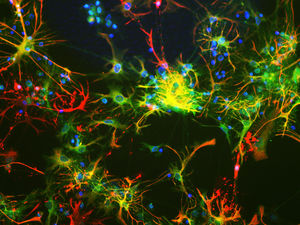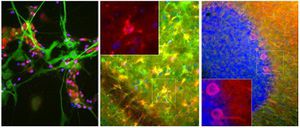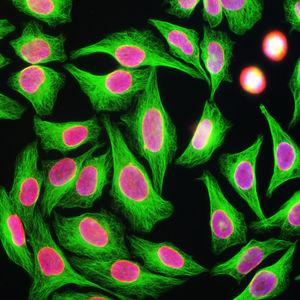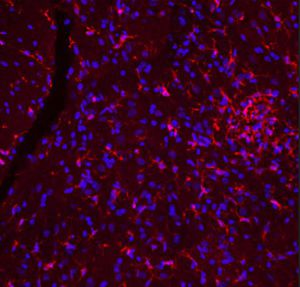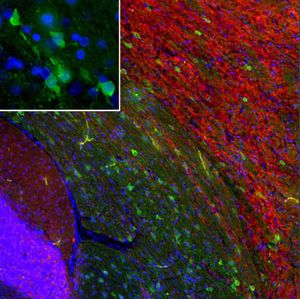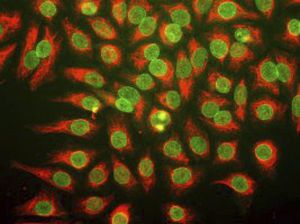
IgG reagent RA19070for scientific researchfor Western blotimmunohistochemistry
Add to favorites
Compare this product
Characteristics
- Type
- IgG
- Applications
- for scientific research, for Western blot, immunohistochemistry
- Format
- liquid
- Tested parameter
- NOTCH3
- Origin
- rabbit-based
- Storage temperature
Min.: -20 °C
(-4 °F)Max.: 8 °C
(46 °F)
Description
The Notch protein sits like a trigger penetrating the cell membrane, with part of it inside and part outside. Proteins when binding to the exterior part cause the release of a portion of the interior part, which typically then makes its way to the cell nucleus to alter gene expression. The Notch gene belongs to a family of epidermal growth factor (EGF) like homeotic genes, which encode transmembrane proteins with a variable number of cysteine rich EGF like repeats in the extracellular region. Four notch genes have been described in mammals: Notch1,Notch2, Notch3 and Notch4(Int3), which have been implicated in the differentiation of the nervous system and other structures. The EGF like proteins Delta and Serrate have been identified as ligands of Notch1.
Notch signaling is important in embryonic development promotes survival and proliferation of stem cells. This could have positive implications for functional recovery from stroke and Neurodegenerative diseases. Signaling is often repressed in many cancers, and faulty Notch signalling is implicated in many diseases including T-ALL (T-cell acute lymphoblastic leukemia), CADASIL (Cerebral Autosomal Dominant Arteriopathy with Sub-cortical Infarcts and Leukoencephalopathy), MS (Multiple Sclerosis), Tetralogy of Fallot, Alagille syndrome, and myriad other disease states.
Catalogs
RA19070
1 Pages
Related Searches
- Molecular biology reagent kit
- Research reagent kit
- Analysis software
- Protein reagent kit
- Immunology reagent
- Antibody
- Laboratory software
- Lyophilized reagent kit
- Serum reagent kit
- Immunohistochemistry reagent kit
- Enzyme reagent
- Monoclonal antibody reagent kit
- Western blot reagent kit
- Scientific research reagent kit
- Research software
- Immunofluorescence reagent kit
- Polyclonal antibody
- Cytokine reagent kit
- Growth factor reagent kit
- Mouse-based reagent
*Prices are pre-tax. They exclude delivery charges and customs duties and do not include additional charges for installation or activation options. Prices are indicative only and may vary by country, with changes to the cost of raw materials and exchange rates.



